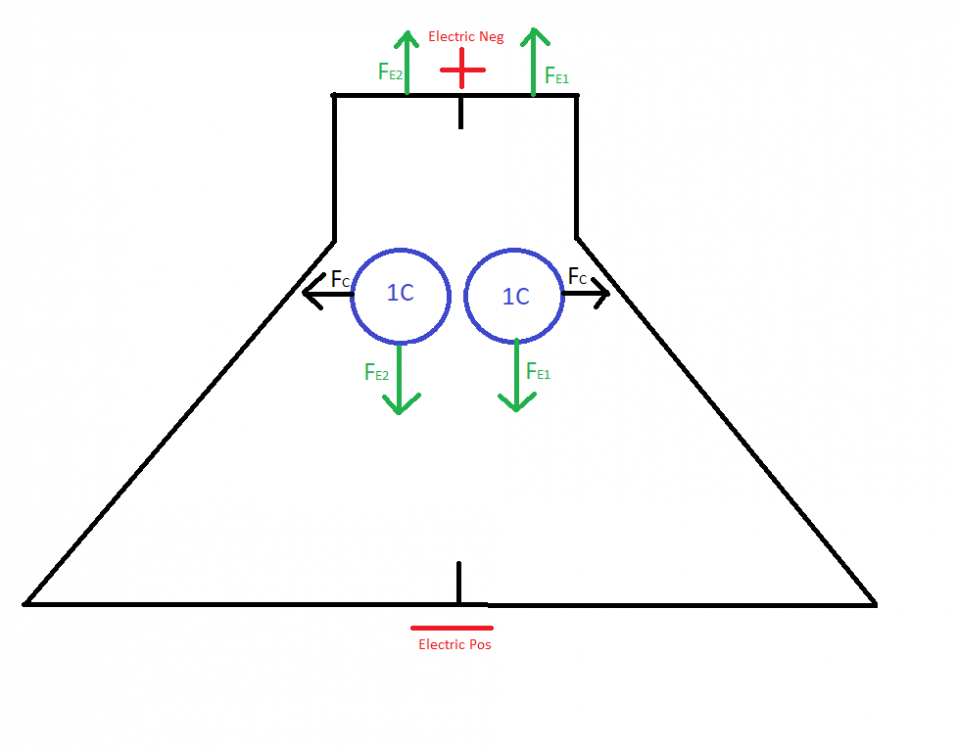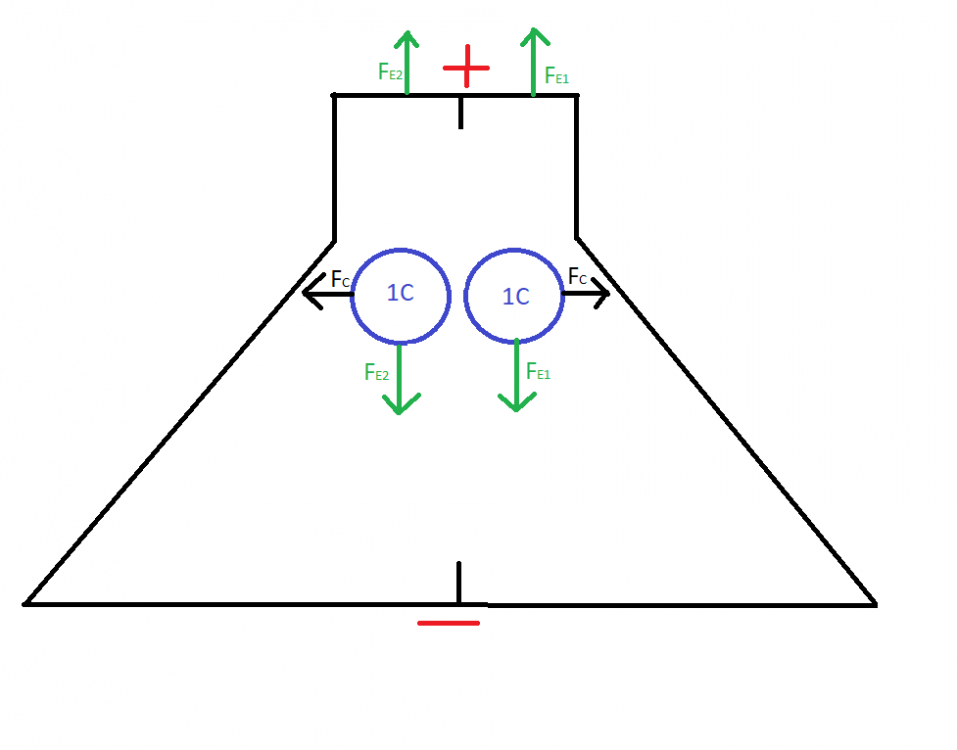

DandelionTheory
Senior Members-
Posts
225 -
Joined
-
Last visited
Profile Information
-
Favorite Area of Science
Concepts
Recent Profile Visitors
DandelionTheory's Achievements

Atom (5/13)
-14
Reputation
-

Question about electrostatic force
DandelionTheory replied to DandelionTheory's topic in Classical Physics
Yeah. Sharing ideas isn't something that can be done with you. Why do you reply? Why does trolling the forums so important when you cannot comprehend a description of 2 force vectors? No for get this I'm done. Have fun gatekeeping, nobody will entertain your thoughts if you cannot entertain theirs. -

Question about electrostatic force
DandelionTheory replied to DandelionTheory's topic in Classical Physics
Neither is your respect. "Oh gatekeeper, find another that can understand the passwords so I may enter your citadel. Oh swansonnet gatekeeper of understanding." Is that better? -

Question about electrostatic force
DandelionTheory replied to DandelionTheory's topic in Classical Physics
"Next to each other" isn't hard to grasp. Yes and there was is no electric field vector either according to you. But.... Yeah I mentioned them. I explained with an if statement when things are changed for argument sake. No AC in the diagram either, yet it's part of the design.... Interesting. Is that before you don't understand my claim or after you assume I'm confused? Seems like you forgot what "if" means... Reading comprehension is important in physics...- 17 replies
-
-1
-

Question about electrostatic force
DandelionTheory replied to DandelionTheory's topic in Classical Physics
Coulomb force between the 2 charges is on the x axis, the electric field experienced by the 2 charges is on the y. In my head it was easier to visualize, is there a preferred method? -

Question about electrostatic force
DandelionTheory replied to DandelionTheory's topic in Classical Physics
|FC| = K(Q1Q2/r2) K = 9.0x109 Nm2 /C2 r = 0.001m Q1 = 1.5x10-8C Q2 = 1.5x10-8C gives 2.02N true. the distance isn't important until the electric field is alternated, i should have specified that. it makes little sense for the charge to initially hit the side of the cone with the first half of the AC cycle, it seems more probable the charge would collide with a side during the other half of the cycle thank you, ill keep that in mind. did i miss anything? -

Question about electrostatic force
DandelionTheory replied to DandelionTheory's topic in Classical Physics
I can do my best, although i do need help. Vectors are shown in the Magnitude(x, y) form. if the force on a charge in an electric field is: FE = qE where E is the electric field vector and q is the charge I messed up earlier and drew the picture with the electrodes labeled as their charge(q) and not their electric potential(battery poles). the force between 2 like charges can be shown: |FC| = K(Q1Q2/r2) where K is the Electrostatic Constant (9.0x109 Nm2 /C2 ), Q1= charge 1 Q2= charge 2 r = the distance between charges so if the electric field vector is FE = 1(0, -1), the coulomb force on charge 1 from charge 2 is FQ1 = 2(1, 0), the coulomb force on charge 2 from charge 1 is FQ2 = 2(-1, 0), and Ftotal = FE + FC a vector calculator shows me Ftotal for Q1 = 2.23(2, -1) which is 333.43 degrees, and Ftotal for Q2 = 2.23(-2, -1) which is 206.57 degrees if the electric field was an alternating, FE would cause each charge to change direction in the +-Y direction and FC would force the charges away from each other in the +-X direction. so i'm assuming due to the angle of the side of the cone, with every half cycle the charges would come into contact with it and reflect off; always moving from the center and always alternating their Y position with the AC cycle. i changed the photo -

Question about electrostatic force
DandelionTheory replied to DandelionTheory's topic in Classical Physics
*with each half cycle. -

Question about electrostatic force
DandelionTheory replied to DandelionTheory's topic in Classical Physics
The plus and minus indicate electric field direction. If FE was alternating, so the charge wiggles in the Y-+ direction, they would contact the angled sides of the cone with each cycle due to FC. -

Question about electrostatic force
DandelionTheory replied to DandelionTheory's topic in Classical Physics
Ion drives do not harvest beam drift for additional thrust as a primary design point. If FC is larger than FE the side of the cone will be a shorter distance from the charge than the center. -

Question about electrostatic force
DandelionTheory replied to DandelionTheory's topic in Classical Physics
using the coulomb force as thrust is hard... -
DandelionTheory started following Question about electrostatic force
-
So 2 like charges are traveling along an electric field, the same direction, with force FExx spaced next to each other. If the electrostatic force between them is greater than FExx, the resulting force on each charge would be greater than 45° from FExx right? I'm looking to use the electrostatic force between charges to "bounce off the surface" of a cone. (picture) FE1 and FE2 are the forces between respective charges and the electric field, while FC Represents the electrostatic force between both charges.
-
Thank you. This doesn't answer the issue. A fluctuating electric field changes the current within the loop and it's magnetic field, got it. Why is this an additional factor when calculating velocity of a charged particle in a constant magnetic field? Why is the other magnetic field in question when the changing variables do not effect that field magnitude?
-
Yes, it's expected. Any charged particles motion has a magnetic field, an increasing velocity of that particle would increase it's magnetic field; also true for all charges in the circuit. I don't understand why we are not on the same page. I read the force on a charge is due to an applied external electric field and curved by an applied external magnetic field. No where does it say anything about lorentz forces due to the electrons own magnetic field.







